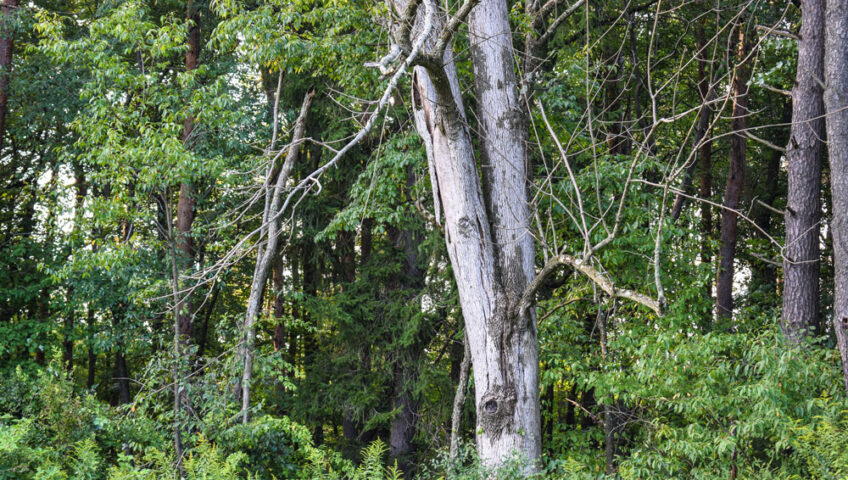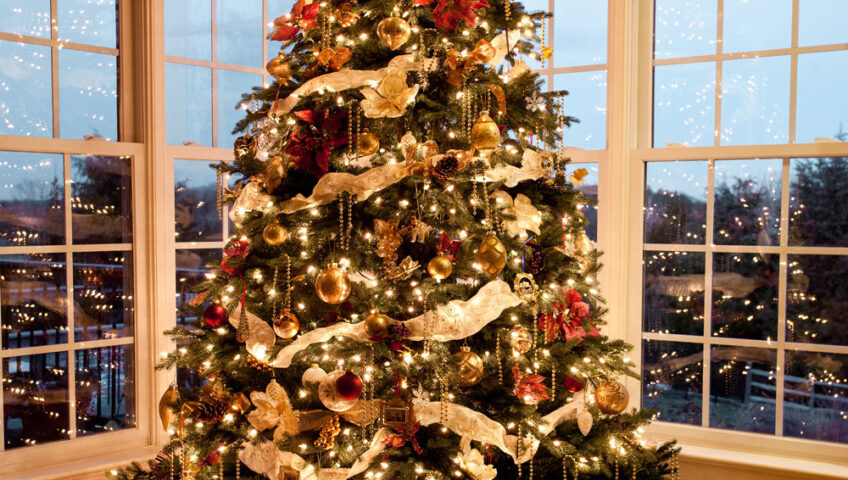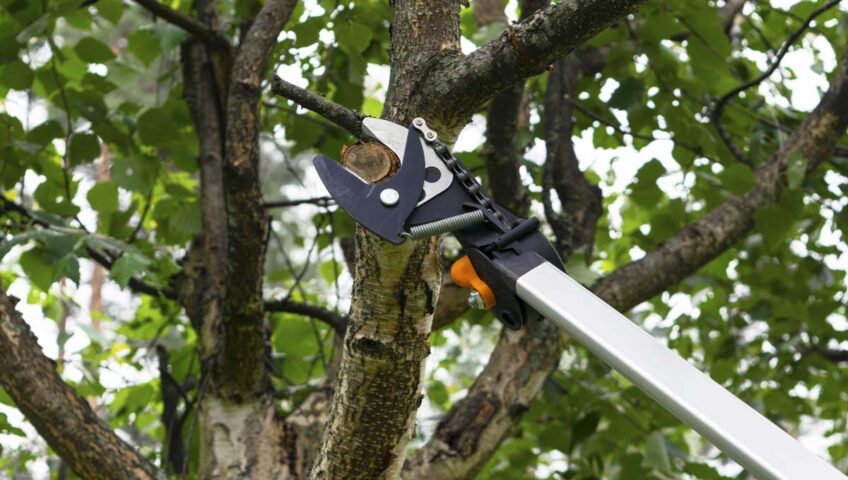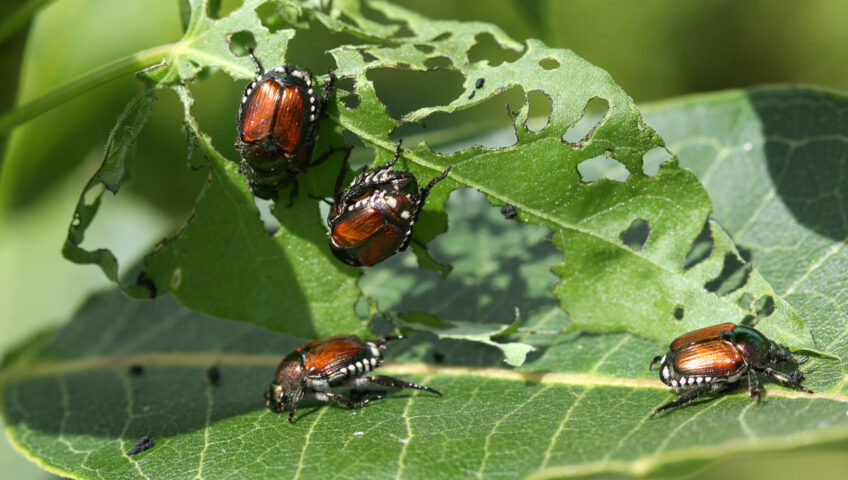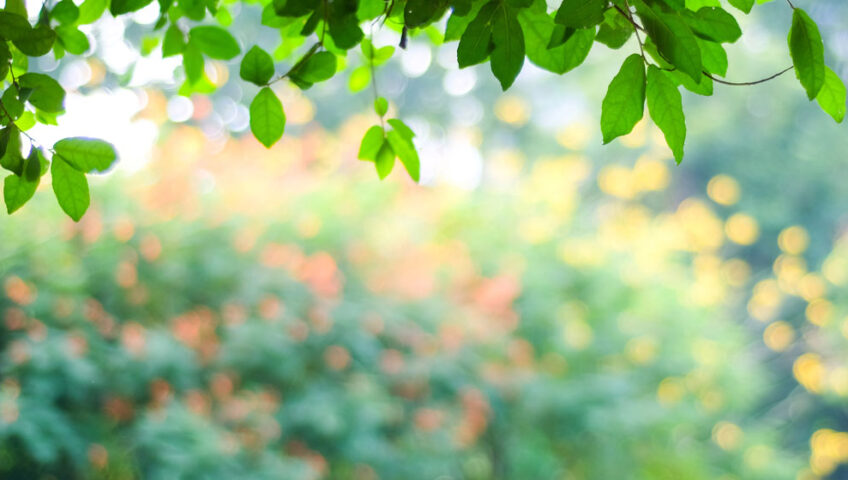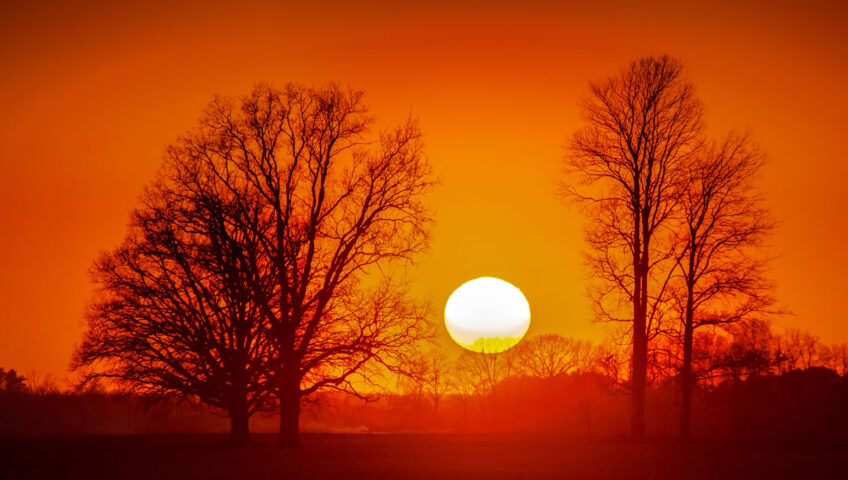Let the experts at Liberty Lawn & Landscape and Capital Arborists help you register your ash trees – free of charge.
The Lincoln Forestry Department has determined that it is time to begin planning for the inevitable infestation of the Emerald ash Borer in Southeastern Nebraska, including Lincoln and the surrounding areas. The City of Lincoln has decided that the best course of action is to remove ash trees in the city right-of-ways. This decision will, however, affect the aesthetics and value of many local properties. In an effort to accommodate the desires of residents, the city has decided to implement a program called the Adopt-an-Ash program. This will give homeowners who want to keep their right-of-way ash trees an option to preserve and protect them.
What is the Adopt-an-Ash Program?
In order to address the impending threat of the Emerald Ash Borer (EAB), the City of Lincoln has created an EAB Response and Recovery Plan. Working with neighborhoods, the city plans to remove and replace ash trees along streets in right-of-ways and on public lands. In implementing this plan, the city realized that some city residents would oppose the removal of mature trees around their properties. In order to address these concerns, the plan has an option to allow interested residents to preserve these trees. Dubbed the Adopt-an-Ash Program, it offers residents access to a no-cost permit that allows them to “adopt” ash trees in right-of-way areas adjacent to their home or business.
In order to adopt the tree(s), the resident must agree to arrange and pay for ongoing treatment in order to prevent the tree from becoming a host to EAB. This must be completed every two years on an ongoing basis in order to be effective. The optimal time for treatment to be completed is after trees have leafed out in the spring but before EAB eggs have hatched, which is usually between mid-May and mid-June.
Street Tree Eligibility
In order for an Adopt-an-Ash permit to be approved by Lincoln Parks and Recreation, certain criteria must be met. These include:
- The ash tree must be in the public right-of-way adjacent to the lot where you live or have a business.
- The diameter (width) of the tree when measured 4.5 feet above the ground must be at least 14”.
- The tree may not be under overhead wires.
- The tree must be in good condition with no significant wounds visible.
- Public trees may only be treated with a chemical trunk injection method. No other chemical applications are allowed for public trees, including: soil drench, soil injection, trunk sprays or foliage sprays.
- All chemical treatments must be in accordance with state and federal regulations and applied only by a licensed applicator.
How to Apply
The first step is to find the 7-digit tree ID assigned to the ash you would like to adopt. This can be done via an interactive map on the Lincoln Parks & Recreation website, or by contacting the Community Forestry division at the Parks and Recreation Office, at 402-441-7847 (Ext. 0). Next, download and complete the Adopt-an-Ash Permit Application, and be sure to include the Street Tree ID for each tree you would like to adopt. You can return the application to the department by mailing in to the address on the application, delivering it in person to the Parks and Recreation office, or by scanning the completed form and emailing it to: forestry@lincoln.ne.gov. If the application form is completed correctly, it will be approved immediately. The Permit Approval form will then be returned to the resident by the method the application was received.
After the EAB treatment has been completed on each tree adopted, you will need to return the bottom portion of the Permit Approval form, along with an invoice from the pesticide applicator. Once issued, the Adopt-an-Ash permit will be valid for two years. When it expires, you will need to request a new permit and re-treat the tree for EAB. If a new permit is not requested, the tree will be scheduled for removal.
In order to preserve as many ash trees in our community, we at Liberty Lawn & Landscape, Inc. and Capital Arborists, Inc. are offering to assist the public in taking advantage of the Adopt-an-Ash program.
For absolutely no charge, we will research your property’s ash trees through the Lincoln Forestry Department website, find your ash Tree(s)’ identification number, fill out the appropriate paperwork, and submit documents to either the City of Lincoln or to the property owner for their required signature.
We will also provide a free estimate for the required insecticide injection program. Contact us today for your free estimate.
If you have any questions regarding the Adopt-A-Tree Program please feel free to contact us. We can help with the logistics, procedures, and implementation in an endeavor to save your ash trees from both the Emerald Ash Borer and the chainsaw.
Thank you for your consideration and business, and Merry Christmas!
Doug McIntosh & Justin Maxson
City of Lincoln Licensed Arborists & Nebraska Arborist Association Members

